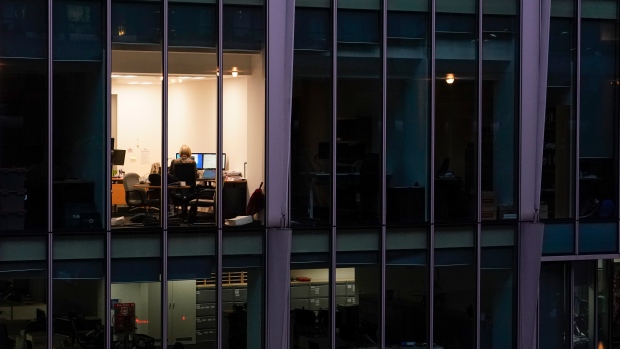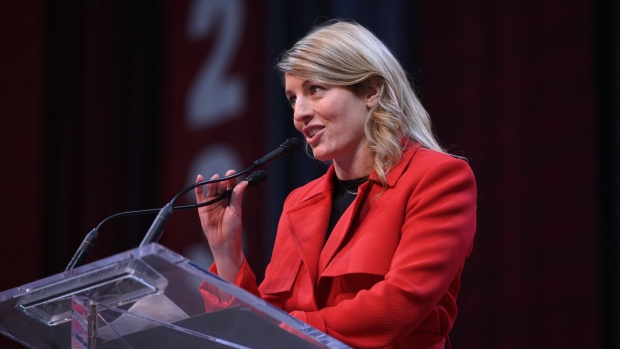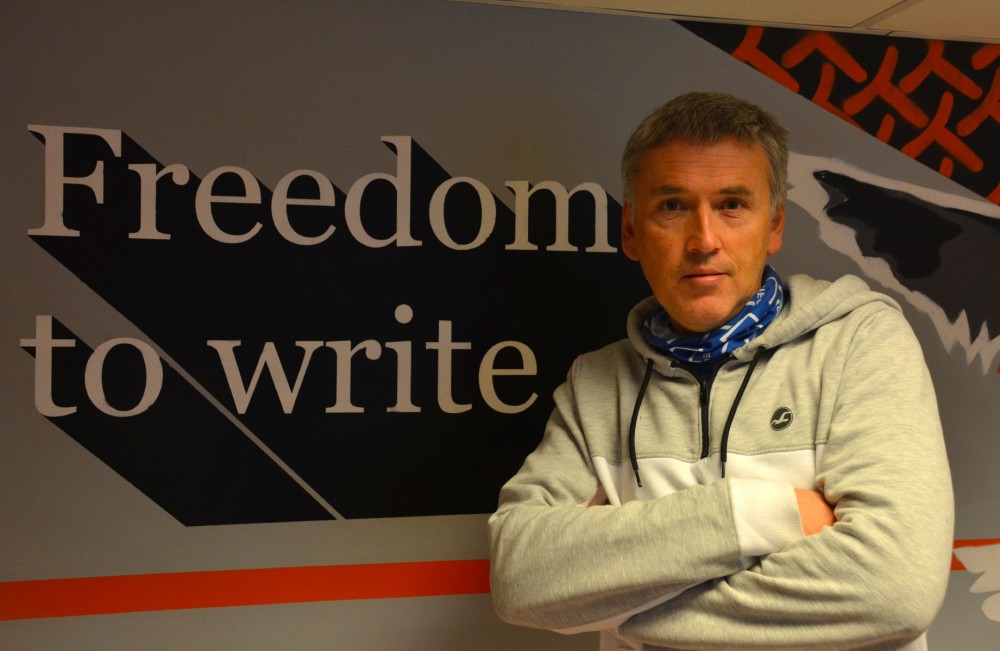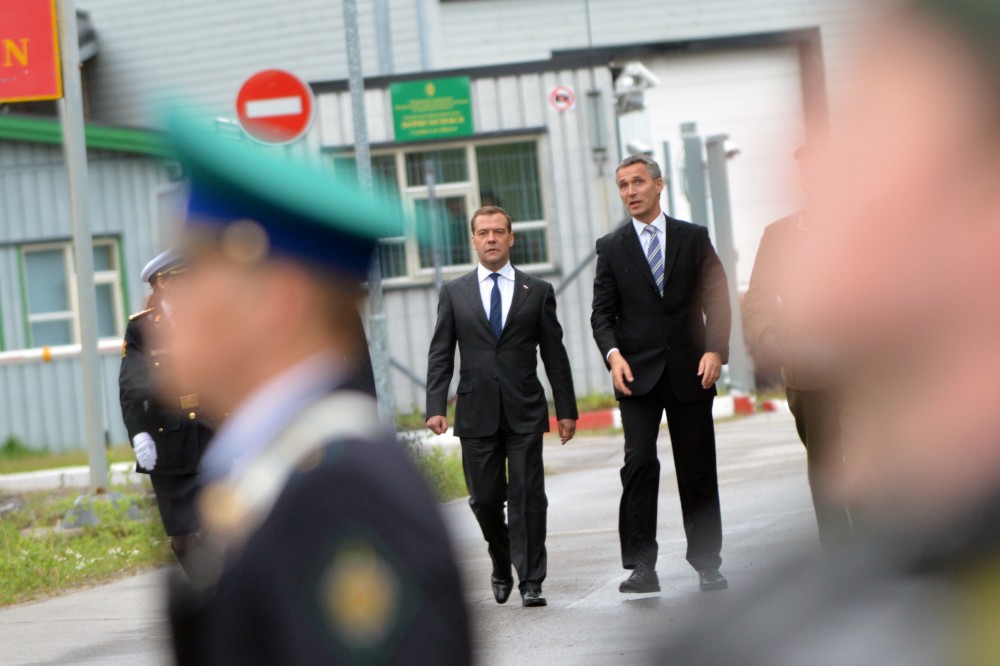Shopify Inc.'s layoff this week will add a slew of new workers to the job-hunting pool at a time when experts say candidates are taking longer to find their next gig.
"The question is will they immediately find that (next job)? Maybe not," said Tricia Williams, director of research at the Future Skills Centre at Toronto Metropolitan University.
"There might be some...transition disruptions as they sort out what their next move is."
The lengthy job hunt is being partially caused and exacerbated by a wave of layoffs that began last year and has continued in 2023 with companies as large as Google, Amazon and Meta cutting workers.
Many of the companies that made head count reductions attributed the moves to their leaders having misjudged demand for their products as people return to pre-pandemic habits.
However, the chief executive of Ottawa-based e-commerce software giant Shopify, said the Thursday staffing reduction he carried out was meant to refocus the company on its main mission and reduce distracting "side quests."
The company refused to give the number of staff that would be departing the company in its second layoff in the last year, but said it amounted to about 20 per cent of staff.
A regulatory filing showed Shopify had 11,600 employees at the end of 2022. Twenty per cent of that amounts to about 2,300 people.
Despite the layoff, Williams said that tech workers are still in high demand in Canada, something April Hicke, co-founder of women's tech and hiring collective Toast, is also seeing.
However, both said the job market those laid off from the sector are facing has changed since before and even during the early stages of the pandemic.
While hiring is steady for engineer, cybersecurity and artificial intelligence roles, Hicke said sales, people and culture and product job are less in demand and more likely to be part of layoffs.
"While layoffs might generate headlines, probably the more substantial shift in the job market is really the hiring freezes that have happened at lots of places," said Brendon Bernard, senior economist at job posting site Indeed.
Software development postings on his company's website last spring were more than double their pre-pandemic level, but have "given all those gains back" and are slightly lower than they were in February 2020.
Those looking for jobs aren't being snatched up as quickly as they were at the pandemic's onset, when tech valuations skyrocketed.
"In Toronto, we're seeing about six months is how long it's taking people to find another thing, and more so in Calgary. I would say nine months-ish," Hicke said.
And many are taking a pay or title cut just to be employed again.
"We're seeing people who are definitely operating at a director level, taking manager positions because it's the only thing available," she said.
Whereas workers were jumping to roles that would pay them from $60,000 to $100,000 more at the height of the pandemic, Hicke now sees some taking 10 to 20 per cent pay cuts.
The average tech worker salary last year was $133,000, said Hired, an employment platform that compiles average annual salaries.
Its data based on 907,000 interviews across more than 47,750 active positions available between January 2019 and June 2022 in the U.S., Canada and the U.K. found almost 42 per cent of tech workers think employers have more power and doubt that will change in the near-term.
About 27 per cent felt jobseekers had more power but expected that to change in the near-term.
But Williams said, "I wouldn't quite say employers have the upper hand yet."
"We have both a labour shortage but also a skills shortage, so the people who are looking for work generally don't have the skills that are being asked for in the marketplace," she said.
"But I'm pretty confident that a lot of the Shopify workforce will have relevant skills for the broader labour market."
However, she said some laid-off workers might not find themselves in the traditional tech jobs or at the tech giants they are accustomed to working for.
That means tech workers could crop up in tech jobs in completely different sectors like agriculture, Williams said.
"They might not get a job specifically in tech, but tech is infiltrating every kind of economy."
For many companies who have long tried to lure over tech workers, the market's current conditions are a helping hand, Bernard pointed out.
"They might be finding it easier to find candidates just because there are other parts of the economy where demand for tech workers was so strong like a year ago and now has really come down to earth."
This report by The Canadian Press was first published May 5, 2023.
Review your rights before signing paperwork
during a layoff: Employment lawyers

While salary negotiations are a normal part of the hiring process, experts say it's a stone often left unturned by young candidates unsure of how to ask for more money from an employer. THE CANADIAN PRESS/AP-Alberto Pezzali
You've just made it into the office, when your boss brings you into a meeting room, where you find someone from human resources about to deliver you bad news: your company is carrying out layoffs and you're on the list.
Your mind is swarming with thoughts - How will you pay the bills? When will you find your next job? What happens to all those vacation days you haven't used up? - when you're handed a letter outlining how much severance pay and other benefits your company is prepared to give you.
Should you sign the paperwork immediately? Not necessarily, say lawyers who have been approached in recent months by a wave of laid off employees eager to explore their rights and ensure they're getting the most they can from their former employers.
“The reason why you never want to sign right away is because that is your final kick at the can,” said Sunira Chaudhri, a partner at Workly Law in Toronto.
“Even if you have a legitimate claim to anything else from your employer, including vacation time or a bonus or the return of expenses, if you sign a release prior to sorting out all of those details, you cannot go back to your lawyer to seek any additional payments.”
Chaudhri urged people who lose their jobs to review their employer's obligations and compare them with what the company is offering before signing any paperwork.
“The moment you sign a release, your rights are gone,” she warned.
What workers are entitled to is often spelled out in a mix of federal and provincial laws, employment and collective agreements staff sign when hired or during union bargaining and those termination letters.
Unionized employees must turn to their collective agreement, which should outline what they are entitled to, said Lior Samfiru, a partner at Samfiru Tumarkin LLP in Toronto.
“There's really not much to negotiate,” he said. “The collective agreement says you get X, employers pays X and that's it.”
Figuring out what you're entitled to can be more complex for non-unionized workers, but Samfiru said it's worth looking into.
In more than 90 per cent of the cases his firm has handled where someone was let go, they've been owed more than what the company offered.
The first place non-unionized employees should look for information about their entitlements is their province's Employment Standards Act, which outlines the minimum rights employers have to provide during a layoff.
But almost every employee has greater entitlements than those minimums under common law, Samfiru said.
“The longer you work, the older you are and the more senior position you have, the more entitlements you have under common law,” he said.
And it's not just additional weeks or months of salary that companies may be on the hook for.
Benefits, bonuses, stock options and commissions may also have to be handed over to workers for a period of time beyond their last day, Samfiru said.
“Ask yourself, would I have received this if I continued working for the 12-month period? And if the answer is yes, I would have, then it has to be included as part of your severance.”
Another issue that often comes up during layoffs is non-compete clauses, which prevent workers from going to work for rivals during a set period of time following their termination.
Samfiru and Chaudhri agreed such clauses are unenforceable for all workers aside from those in the C-Suite, the highest echelons of a company.
But Samfiru warned some companies will try to enforce the clause anyway.
“If they're going to try to enforce it, they're going to sue you,” he said. “You might eventually win that lawsuit, but it's still going to be a very miserable experience, and it's going to cost you a lot of money, so it's not good advice to tell someone to just ignore the non-compete.”
When trying to figure out what clauses to abide by or what you can fight your company for, Samfiru and Chaudhri recommend laid off workers seek advice from a lawyer.
However, Chaudhri added it's important to consider the value and costs before taking action.
Some people will find legal expenses will outweigh any extra cash or perks they get from an employer. Others will learn their odds of making a successful argument aren't high.
Laid off workers should ask lawyers about both scenarios before taking action and prepare themselves for an outcome they might be disappointed in.
“I can't say that it's ever a slam dunk,” Chaudhri said. “There's always a risk.”
This report by The Canadian Press was first published March 9, 2023.







 Medvedev and Stoltenberg walked the Storskog-Borisoglebsk border checkpoints in June 2013. Photo: Thomas Nilsen
Medvedev and Stoltenberg walked the Storskog-Borisoglebsk border checkpoints in June 2013. Photo: Thomas Nilsen